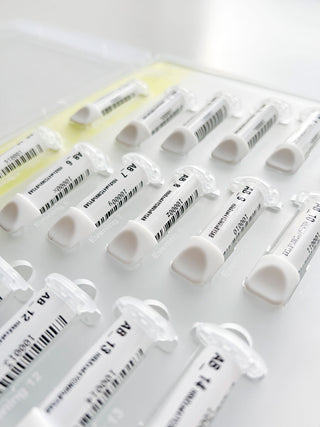Most important anabolic and catabolic hormones - testosterone and cortisol, provide the best information and thereby the precise means to evaluate the body’s response to training and recovery, as their activity combines external stimuli and the cell-level response into a fundamental, integrated datapoint.
Heart rate monitors and sports computers, when used alone, are capable of measuring load only, and they are largely blind to multiple, key performance-related bodily functions. Some hr monitors provide HRV calculations as an estimate of the recovery status of the nervous system, but this is not equal to looking at the underlying, hormone-driven biochemical process of building muscle cells, or increasing the cellular energy storage.
A longer, two-week period of constant hormone monitoring is required to gather enough observational data points on both stressful and resting days, both of which should normally occur over a week. On the other hand, calendar weeks – which are also equivalent to microcycles in athletes’ training programs, are also often distinguished from one another by their average level of physical and total load, and rest.
Therefore, for us, the optimal assessment of an athlete's basic hormonal dynamics requires two weeks of consecutive (or near consecutive) daily measurement, optimally executed over a period where the first week occurs during a hard training block, followed by a tapering / recovery week during the second monitoring week.
This way, we can determine the maximal variability in individual hormonal dynamic range, and learn to detect the hormone levels that are associated with high stress buildup – and also detect the values that represent personal maximum values while adequately rested.

